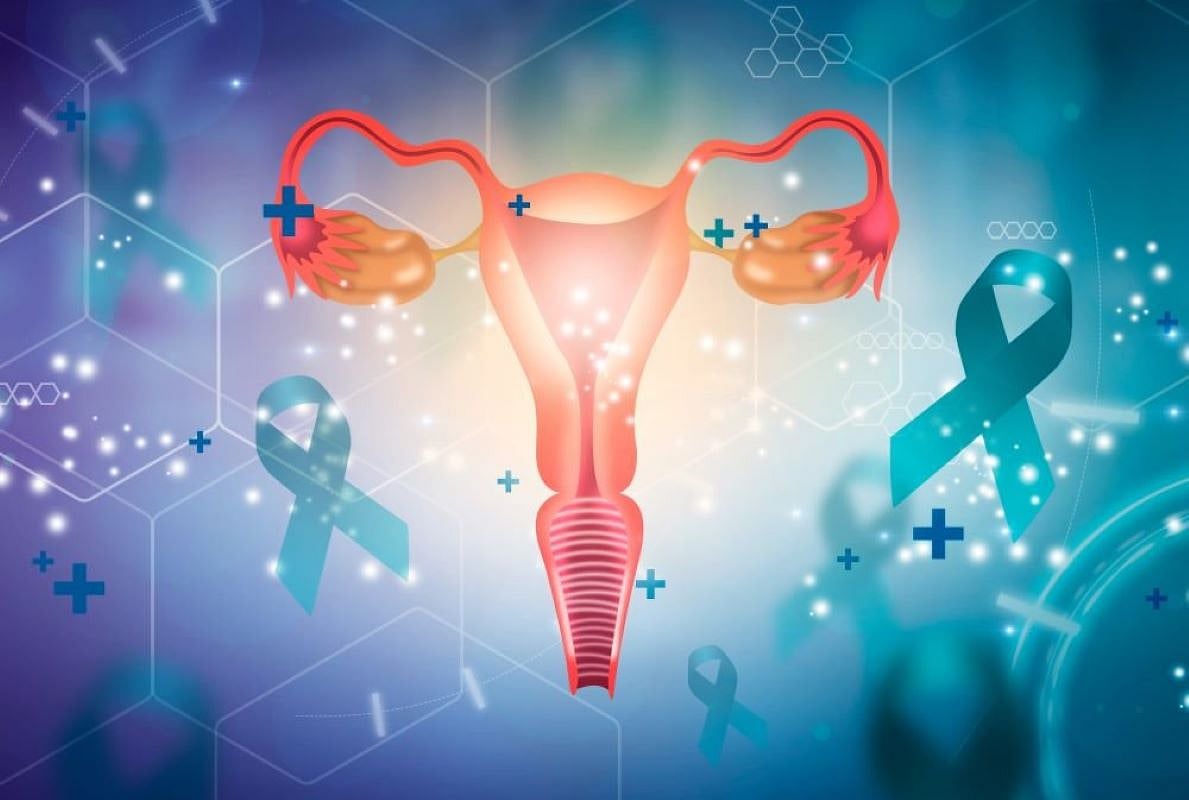Model includes age, body mass index, hypertriglyceridemia, tumor staging, tumor grade, CA125 level, platelet count, fibrinogen level
By Elana Gotkine HealthDay Reporter
TUESDAY, June 17, 2025 (HealthDay News) — A model with eight independent risk factors can predict the risk for deep vein thrombosis (DVT) in patients with epithelial ovarian cancer (EOC), according to a study published online June 10 in Menopause.
Chenxiang Pan, from Wenzhou Central Hospital in Wenzhou City, China, and colleagues retrospectively identified 429 patients with EOC admitted to the hospital and randomly divided them into a modeling group and a validation group. The modeling group was classified into a DVT group and a non-DVT group. Multivariable logistic regression was used to analyze the influencing factors associated with DVT in EOC.
The researchers found that 116 of the 429 patients developed DVT, with an incidence rate of 27.04 percent. Eighty-one of the 300 patients in the modeling group developed DVT (incidence rate, 27.00 percent). Independent risk factors for developing DVT in EOC were age, body mass index, hypertriglyceridemia, tumor staging, tumor grade, CA125 level, platelet count, and fibrinogen level. The areas under the receiver operating characteristic curve for the modeling and validation groups were 0.893 and 0.973, respectively. Good calibration was suggested with the Hosmer-Lemeshow test of the modeling and validation groups (χ2 = 7.324 and 7.043, respectively). The threshold probability was between 0.08 and 0.97 in a decision curve analysis, indicating that the clinical value of the DVT nomogram model provided a net clinical benefit.
“Identifying strategies and protocols to minimize or prevent treatment-related complications is essential to optimizing patient outcomes and quality of life,” Monica Christmas, M.D., associate medical director for The Menopause Society, said in a statement.
Copyright © 2025 HealthDay. All rights reserved.








